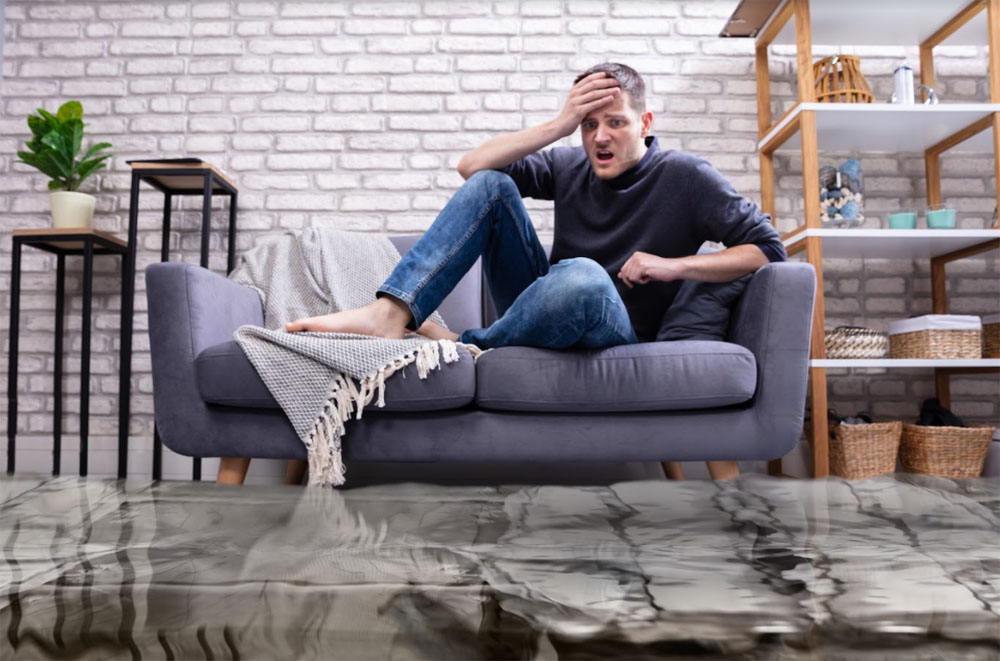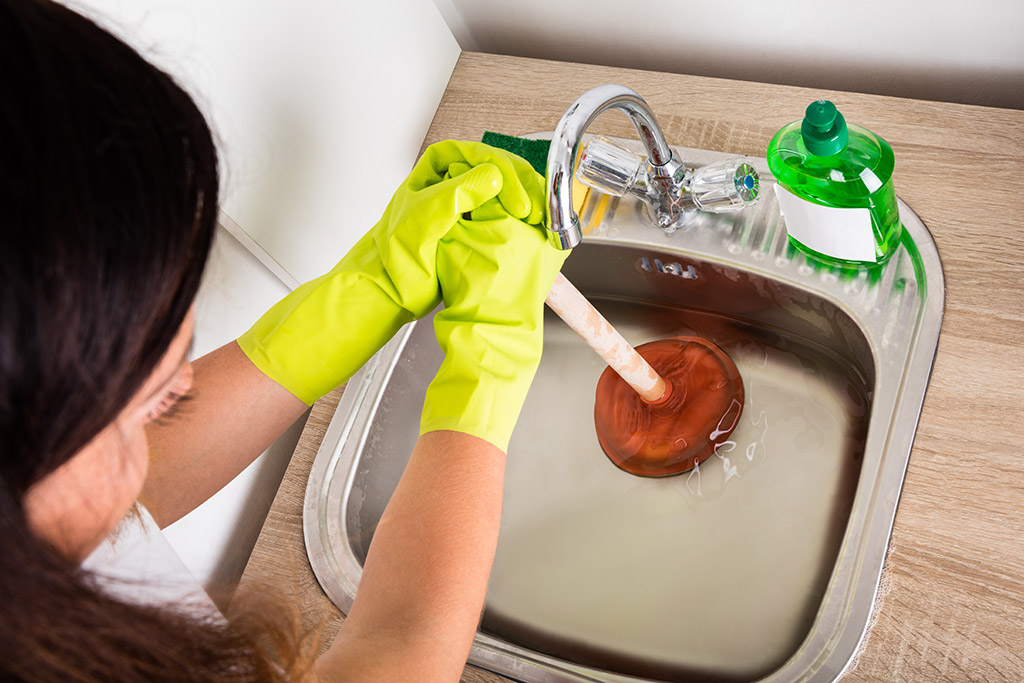Water damage can strike without warning, leaving property owners feeling helpless in its wake. Whether caused by severe storms, plumbing failures, or accidental leaks, water intrusion can compromise the integrity of a home or business, leading to costly repairs and health risks. However, recovery is possible with the right approach and timely action. This guide explores essential steps in restoration for water damage, helping property owners regain control and rebuild their spaces efficiently.
How Water Damage Disrupts Daily Life
The effects of water damage extend far beyond soaked carpets and damp walls. If left untreated, moisture can create long-term issues, affecting both the structure of the property and the well-being of its occupants. Key consequences include:
- Compromised Building Stability: Wood swells, metal corrodes, and drywall weakens when exposed to excessive moisture.
- Mold and Mildew Growth: Within 24–48 hours of water exposure, mold spores can spread, posing health risks and damaging surfaces.
- Electrical Hazards: Water that leaks into wiring or outlets raises the possibility of short circuits and fires.
- Financial Strain: The longer water damage persists, the more expensive restoration becomes, especially when structural repairs are needed.
Understanding these risks highlights the urgency of taking swift action after water-related incidents.
The First 24 Hours: Crucial Steps to Minimize Damage
The initial response to water damage determines how extensive the repairs will be. The first 24 hours are critical in preventing further destruction.
1. Identify and Stop the Water Source
Before anything else, determine where the water is coming from and stop it if possible. Shut off the main water supply if a pipe has burst or an appliance is leaking.
2. Remove Standing Water
Excess water should be extracted immediately using wet vacuums, mops, or towels. Industrial pumps may be necessary for severe flooding.
3. Protect Valuables
Move furniture, electronics, and important documents to a dry area to prevent irreversible damage.
4. Increase Ventilation
Open windows and doors, and use fans to speed up drying. Proper airflow helps reduce humidity and minimizes the risk of mold.
5. Contact Water Damage Restoration Experts
Professional water damage restoration has the skills and knowledge to analyze and fix the problem, preventing concealed moisture from causing more harm.
Specialized Techniques for Effective Water Damage Restoration
Every water damage situation requires a tailored approach. Professionals use specialized techniques to ensure a thorough recovery:
- Moisture Mapping: Advanced tools detect hidden water pockets behind walls and under floors, preventing long-term structural decay.
- Industrial Dehumidification: High-powered dehumidifiers cut extra moisture from the air, therefore lowering the risk of mold development.
- Thermal Imaging Inspections: Infrared cameras help restoration teams locate water damage that isn’t visible to the naked eye.
- HEPA Filtration Systems: By cleaning mold spores and germs from the surroundings, air scrubbers and filtration systems help to enhance indoor air quality.
These advanced methods ensure that the property is not only dried but also fully restored to a safe and livable condition.
Restoration Challenges and How to Overcome Them
While drying and cleaning are essential, complete restoration often involves addressing unique challenges:
1. Salvaging Water-Damaged Belongings
Not all items affected by water damage are beyond saving. Documents, books, and photographs can sometimes be restored through freeze-drying methods, while upholstered furniture may be salvageable with deep cleaning and disinfecting.
2. Preventing Future Water Damage
One of the best ways to recover from water damage is to implement protective measures for the future:
- Installing sump pumps in basements
- Waterproofing walls and foundations
- Regularly inspecting and maintaining plumbing systems
3. Ensuring a Mold-Free Environment
Mold can develop even after water removal. To prevent this:
- Continue monitoring humidity levels
- Use mold-resistant paints and materials during rebuilding
- Schedule periodic mold inspections for peace of mind
Addressing these concerns during restoration for water damage ensures a more resilient home or business.
When to Seek Professional Help
While minor leaks can sometimes be managed independently, larger-scale water damage requires professional intervention. If you notice any of the following, it’s time to call in experts:
- Water is seeping into structural components (walls, ceilings, floors)
- A musty odor persists even after drying the area
- Mold begins to appear on surfaces
- The property has experienced flooding from contaminated sources (such as sewage backup)
Restoration specialists provide not only technical expertise but also guidance on handling insurance claims and minimizing future risks.
Conclusion: Restoring More Than Just Property
Restoring comfort, safety, and normalcy after water damage goes beyond rebuilding walls and floors. Property owners can regain confidence by acting quickly, hiring skilled water damage remediation, and taking preventative precautions.
The journey from water damage to full recovery may seem daunting, but with the right approach, it becomes a manageable process that paves the way for a stronger, more resilient property.




